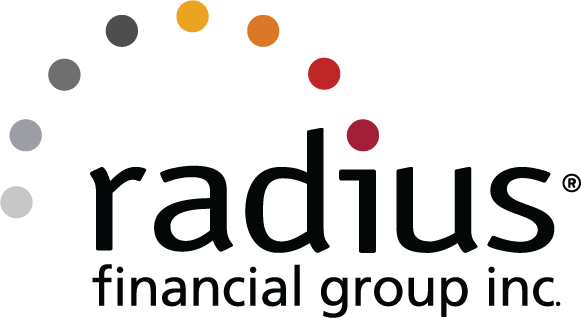Thinking about financing a second home or investment property? The Fannie Mae investment property and second home guidelines can be tricky to understand. Each type of loan varies in terms of minimum down payment, interest rates, and lending requirements. Before you buy, it’s important to know the differences between each loan and which is right for you. That’s why in this blog post, we’re breaking down everything you need to know:
- What are the differences between second homes and investment properties?
- What are the Fannie Mae second home guidelines?
- What are the Fannie Mae investment property guidelines?
- How does financing differ between the two?
What Are the Differences Between Second Homes and Investment Properties?
A second home is a property that you spend some time in during the year, whereas an investment property is one that you own but don’t occupy. Investment properties are exclusively for generating income. And although you can rent out a second home for a portion of the year, you must occupy the property for 10 percent of the number of days it’s rented out for it to count as a second home.
What Are the Fannie Mae Second Home Guidelines?
Primary home loans typically come with more attractive interest rates and less restrictive qualifying requirements than second homes and investment properties. For that reason, it might be tempting to try and classify a second home as a primary residence. But lying on a mortgage application or committing mortgage fraud can result in hefty fines or jail time in serious cases. In order to ensure that you’re using the property in the way that you claim, there are a few guidelines for second home properties:
- Must be owner-occupied some portion of the year: According to the IRS, this is either 14 days a year or 10 percent of the number of days it’s rented out (whichever is larger)
- Limited to one-unit dwellings, such as a house, apartment, or condo (as opposed to an entire apartment building)
- Borrower must have exclusive control over the property
- Must not be a rental property or timeshare arrangement: However, you can rent out the property for part of the year, as long as the rental income is not used for qualifying purposes
- Cannot be subject to any agreements that give a management firm control over the occupancy of the property
- The property can be seasonal, but there are more mortgage options for year-round properties
A second home loan is a good option for you if you’re interested in financing a vacation property or if you split your time between two or more cities. It could also be a good option for you if you can’t afford a home where you live but would like to invest in property elsewhere.
What Are the Fannie Mae Investment Property Guidelines?
An investment property is one that you plan to rent out or use in order to generate income. It can be a condo, house, or any property up to a total of four units before it’s considered commercial real estate.
If you’re looking to invest in a property with five or more units, your lender will frame the financing conversation a little differently. While residential loan underwriting focuses on the credit and income history of the individual borrower, commercial loan underwriting is based on the asset’s projected net operating income.
There are many ways to go about investing in properties, including “house hacking,” taking out a home equity loan, moving into a new home and converting your existing home into a rental property, and taking out a conventional mortgage to purchase an investment property. If you decide to go with a conventional investment property mortgage, it must conform to guidelines set by Freddie or Fannie if they are to purchase the mortgage on the open market.
Your debt-to-income ratio and cash reserves will determine the down payment and credit score requirements for an investment property. And you can check the Fannie Mae eligibility matrix to see what the requirements are for the type of property you’re looking at.
Regardless of your situation, one of the best ways to proceed in financing an investment property is to sit down with a loan officer and talk through your options.
How Does Financing Differ Between the Two?
Investment properties are considered more of a risk by lenders than primary residence loans, because you’re not living in the property and you may be more likely to default. Second home loans are also of slightly more risk than primary home loans for similar reasons. As a result of that increased risk for lenders, financing tends to be more stringent for second homes and investment properties. Here are a few of the ways that financing differs among primary residence loans, second home loans, and investment property loans:
- Down payment
- 10-20 percent for second homes
- 15-30 percent for investment properties
- Interest rates
- Second home: Can be slightly higher than primary residence rates, but are often on par
- Investment property: Tend to be slightly higher than primary residence and second home rates
- Cash reserves
- Second home: Two months of payments in cash reserves
- Investment property: 6-12 months’ worth of cash reserves or savings or at least 2% of the mortgage balance on the rental home
- Rental income
- Second home: You must qualify based on your own income and debts
- Investment property: Up to 75% of expected rental income can be considered for qualification purposes, although lenders may ignore potential rental income if you’re not an experienced landlord
Although rates for investment properties tend to be slightly higher than primary residences, rates in general are low at the moment, making this a great time to invest in additional properties if you’re in the position to do so.
Financing Your Second Home or Investment Property
In order to ensure that you’re getting the right type of mortgage for the property you have in mind, it can be helpful to discuss your situation with an experienced loan officer. To find out more about financing a second home or investment property, schedule a time to chat with a radius loan officer today.


